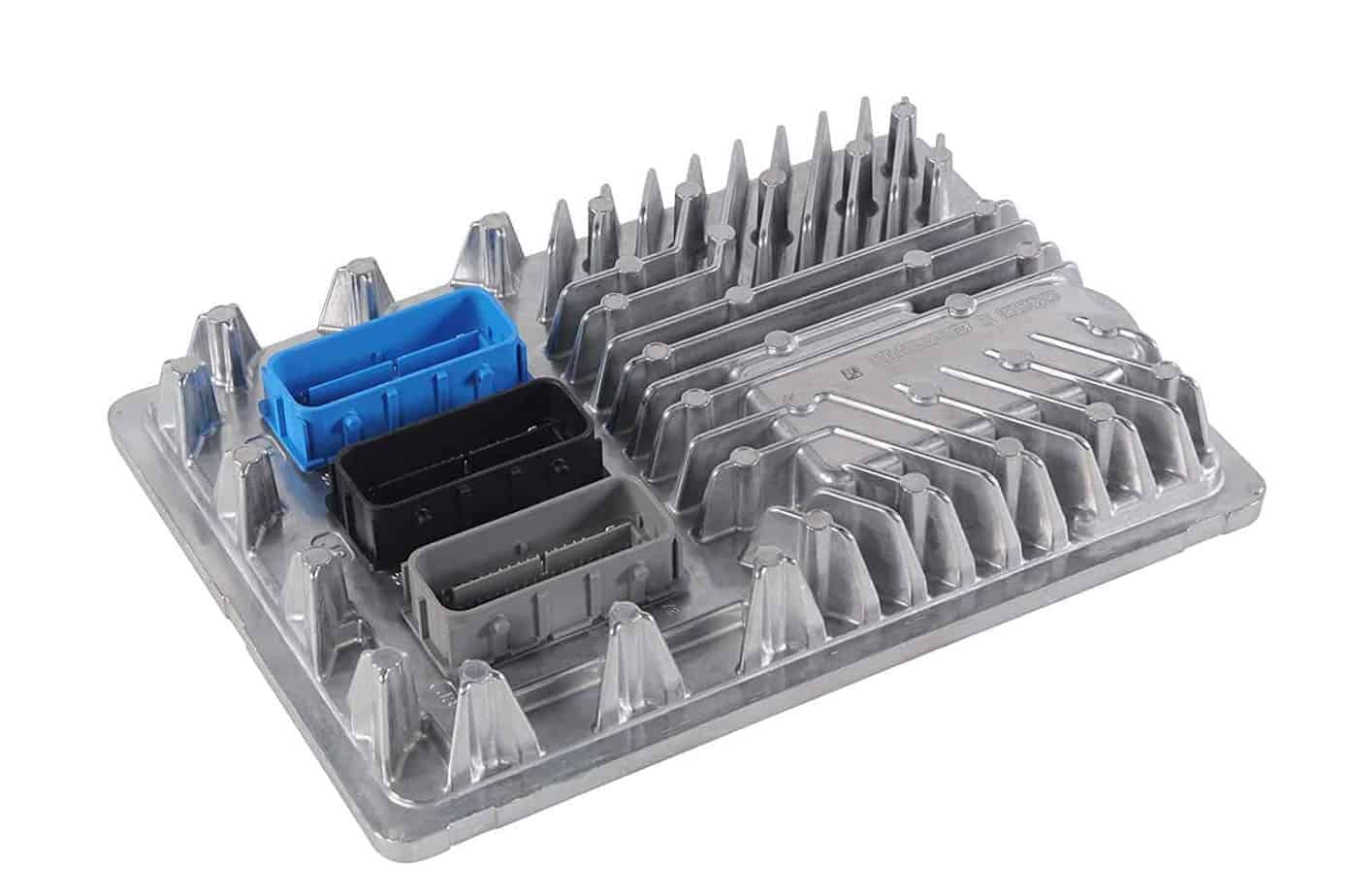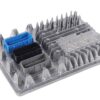Is your GM vehicle experiencing frustrating and unpredictable electronic issues? A faulty Engine Control Module (ECM) is often the culprit behind problems that can bring your work van, family SUV, or performance car to a dead stop. This pre-programmed ECM is the core of your vehicle’s nervous system, restored and ready to get you back on the road with confidence and reliability. We take the guesswork out of the repair by flashing this module with the latest GM software, specifically matched to your vehicle’s VIN.
Common Symptoms & Your Direct Solution
If you’re dealing with any of the following, a failing ECM is the likely cause. This module is the definitive solution for:
- Complete no-start or intermittent starting conditions
- Poor engine performance, rough idling, or stalling
- Check Engine Light (CEL) with communication error codes (U-codes)
- Erratic transmission shifting or other module communication failures
- Fuel injector or ignition coil circuits showing false error codes
By installing this professionally programmed 2018 Express 3500 ECM 12704475, you are not just replacing a part; you are restoring the central command unit of your vehicle to its proper operational state, ensuring all components work in harmony as the manufacturer intended.
Features & Benefits
- ✔ VIN-Specific Programming: We flash the module with your vehicle’s exact VIN and the newest GM calibrations, ensuring it works correctly right out of the box.
- ✔ Plug & Drive Design: This unit is prepared for installation, dramatically reducing vehicle downtime and eliminating the need for an expensive trip to the dealership for programming.
- ✔ Broad Compatibility: Guaranteed to be the correct replacement for part numbers 12704475, 12692069, 12680656, 12686383, and 12688528.
- ✔ Restored Performance: Solves complex running issues, improves fuel efficiency, and ensures smooth engine operation.
- ✔ Reliable Solution: Each module is meticulously prepared to meet or exceed original equipment standards for dependability.
- ✔ This unit is backed by our one-year replacement warranty.
Expert Insight: The Critical Role of VIN Programming
In modern GM vehicles, the ECM is more than just an engine controller; it’s the central hub for a network of modules controlling everything from the transmission to the anti-lock brakes and airbags. When you install a generic or non-programmed ECM, these modules can’t communicate correctly, leading to a cascade of errors or a vehicle that won’t start at all. Our process of programming the 2018 Express 3500 ECM 12704475 to your specific VIN ensures this vital ‘handshake’ between modules happens seamlessly, just as it did from the factory.
Frequently Asked Questions
How do I provide my vehicle’s VIN?
After you complete your purchase, simply reply to the order confirmation email with your 17-digit Vehicle Identification Number (VIN). We cannot ship your part until we receive this information.
What is the ‘theft relearn’ procedure?
This is a security procedure that syncs the new ECM to your vehicle’s anti-theft system. On many GM vehicles, this requires a tool like the GM Tis2web/Techline Connect system. This is a standard step for this type of repair and is the responsibility of the installer.
Will I need to do any other relearn procedures?
Possibly. Depending on your specific vehicle, additional procedures like a crankshaft variation relearn or injector flow rate programming may be necessary to ensure optimal performance. These are standard procedures for a professional technician installing a new ECM.
How can I be sure this part fits my vehicle?
This 2018 Express 3500 ECM 12704475 fits a wide range of GM models listed in the description. The most important step is matching one of the compatible part numbers (12704475, 12692069, etc.) to the number on your original ECM. Programming with your VIN ensures it works for your specific application.
What does the warranty cover?
This unit is backed by our one-year replacement warranty, which covers the part itself in the rare event of a defect or failure during the warranty period.


